
John de Clavering (died 1332), Lord of Clavering, was an English noble.

John de Clavering (died 1332), Lord of Clavering, was an English noble.
John was the eldest son of Robert fitzRoger and Margaret de la Zouch. He fought with his father at the Battle of Falkirk in 1298 and the Siege of Caerlaverock in 1300. John was captured during the Battle of Bannockburn in 1314. John died in 1332 and was buried in Langley Abbey, Norfolk, England
John married Hawise, daughter of Robert de Tiptoft and Eve Chaworth, they are known to have had the following issue:

Thomas Howard, 1st Earl of Suffolk,, of Audley End House in the parish of Saffron Walden in Essex, and of Suffolk House near Westminster, a member of the House of Howard, was the second son of Thomas Howard, 4th Duke of Norfolk, by his second wife Margaret Audley, the daughter and eventual sole heiress of Thomas Audley, 1st Baron Audley of Walden, of Audley End.

James Tuchet, 5th Baron Audley, 2nd Baron Tuchet of Heleigh Castle was an English peer.
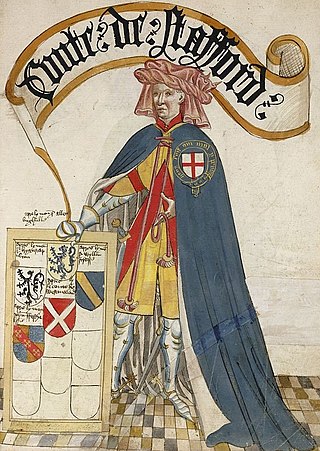
Ralph de Stafford, 1st Earl of Stafford, 2nd Baron Stafford, KG, of Stafford Castle and Madeley Castle in Staffordshire, was an English nobleman and a notable soldier during the Hundred Years' War against France.

Thomas Randolph, Earl of Moray was a soldier and diplomat in the Wars of Scottish Independence, who later served as regent of Scotland. He was a nephew of Robert the Bruce, who created him as the first earl of Moray. He was known for successfully capturing Edinburgh Castle from the English, and he was one of the signatories of the Declaration of Arbroath.

John Neville, 3rd Baron Neville, was an English peer, naval commander, and soldier. His second wife was Elizabeth Latimer who was the 5th Baroness Latimer in her own right.
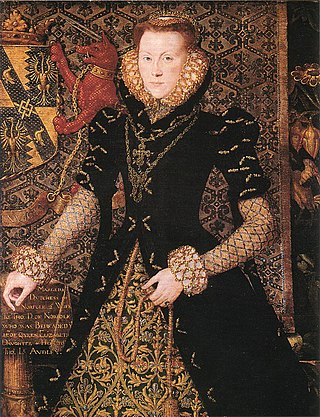
Margaret Howard, Duchess of Norfolk was the sole surviving child of Thomas Audley, 1st Baron Audley of Walden, and Lady Elizabeth Grey, herself the daughter of Thomas Grey, 2nd Marquess of Dorset, and his wife Margaret Wotton, therefore Margaret was a niece of Henry Grey, 1st Duke of Suffolk and first cousin of Lady Jane Grey.

Henry de Beaumont, jure uxoris 4th Earl of Buchan and suo jure 1st Baron Beaumont, was a key figure in the Anglo-Scots wars of the thirteenth and fourteenth centuries, known as the Wars of Scottish Independence.
Edmund Stafford, 5th Earl of Stafford and 1st Baron Audley, KG, KB was the son of Hugh de Stafford, 2nd Earl of Stafford, and his wife Philippa de Beauchamp.
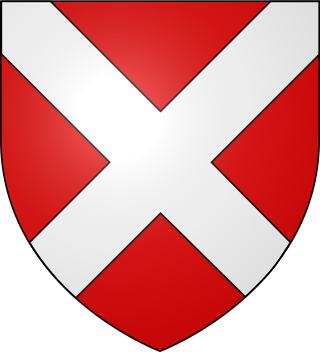
Ralph Neville, 2nd Baron Neville of Raby was an English aristocrat, the son of Ralph Neville, 1st Baron Neville de Raby by Eupheme de Clavering.
Elizabeth Butler, Countess of Ormond, was the wife of Irish peer James Butler, 2nd Earl of Ormond, and the mother of his six children, including James Butler, 3rd Earl of Ormond.
Alice Comyn, Countess of Buchan, Lady Beaumont was a Scottish noblewoman, a member of the powerful Comyn family which supported the Balliols, claimants to the disputed Scottish throne against their rivals, the Bruces. She was the niece of John Comyn, Earl of Buchan, to whom she was also heiress, and after his death the Earldom of Buchan was successfully claimed by her husband Henry de Beaumont, Earl of Buchan, by right of his wife. His long struggle to claim her Earldom of Buchan was one of the causes of the Second War of Scottish Independence.

Edward Balliol or Edward de Balliol was a claimant to the Scottish throne during the Second War of Scottish Independence. With English help, he ruled parts of the kingdom from 1332 to 1356.

Ranulph Neville, 1st Baron Neville of Raby Castle, County Durham, was an English nobleman and head of the powerful Neville family.
Alan la Zouche (1205–1270) was an Anglo-Norman nobleman and soldier of Breton descent. He built the Zouches Manor in Cambridgeshire. He was High Sheriff of Northamptonshire from 1261 to 1266.

From AD 1066, the feudal barony of Barnstaple was a large feudal barony with its caput at the town of Barnstaple in north Devon, England. It was one of eight feudal baronies in Devonshire which existed in the Middle Ages. In 1236 it comprised 56 knight's fees or individual member manors. The feudal service owed for half the barony in 1274 was the provision to the royal army of two knights or four sergeants for forty days per annum, later commuted to scutage.

Robert fitzRoger (1247–1310), Lord of Warkworth, Clavering and Eure, was an English baron. He was a son of Roger FitzJohn and Isabel de Dunbar. FitzRoger fought in the wars in Wales, Gascony and Scotland.
Baron Clavering was a title in the Peerage of England. It existed as a feudal barony by tenure, before being created by Writ of summons to Parliament of Robert fitzRoger, as Baron FitzRoger in 1295 until his death in 1310. His son John de Clavering, was created by writ of summons to Parliament as Baron Clavering in 1299 until his death in 1332.
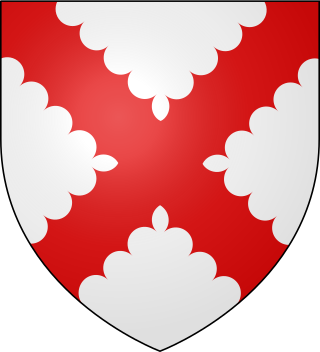
Robert de Tiptoft, Lord of Nettlestead, Carbrooke and Langar, was an Anglo-Norman landowner and soldier.
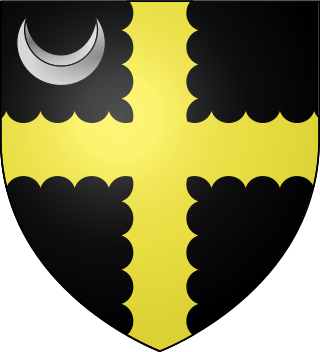
Thomas de Ufford, Lord of Wrentham, was an English noble. He was killed during the Battle of Bannockburn against the Scots on 23 or 24 June 1314.
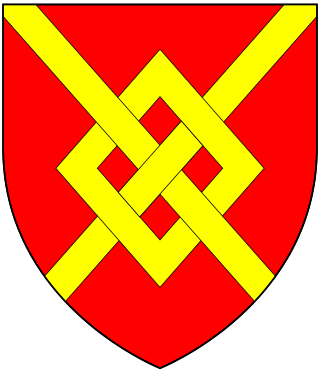
Sir Hugh de Audley of Stratton Audley, Lord of Stratton Audley, was a 13th- and 14th-century English noble. During his life he acted as Constable of Montgomery Castle, Sheriff of Shropshire, Sheriff of Staffordshire, Justice of North Wales, Keeper of Selkirk Forest, and acted as an ambassador to France. Hugh participated in the rebellion of Thomas, 2nd Earl of Lancaster and surrendered prior to the Battle of Boroughbridge in 1322. He remained a prisoner held at Wallingford Castle until he died in 1325.